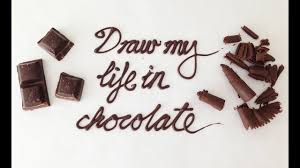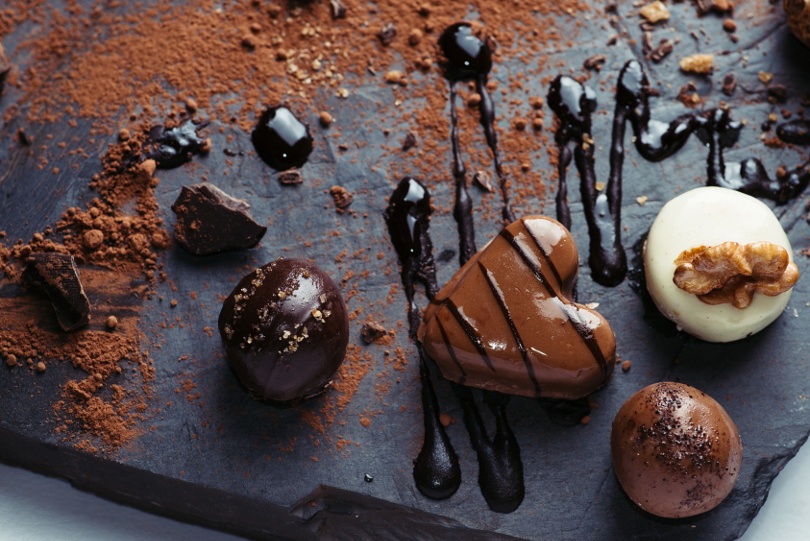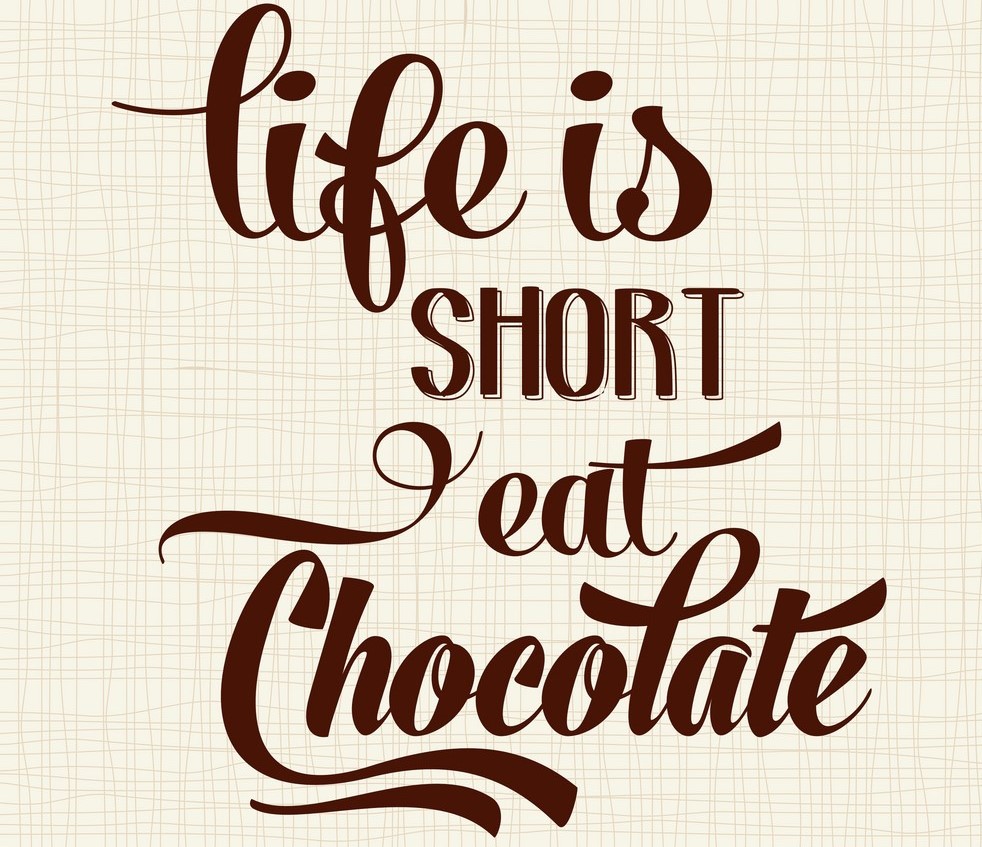Chocolate Knowledge, Entertainment
Chocolate for Life
Not too long ago, studies absolved chocolate of causing acne, cavities and high cholesterol levels. But one study goes even further, suggesting that chocolate may be one of the most functional foods out there, even a great brain saver. Of course, you don’t need any persuading that it’s probably the most delicious as well.

Chocolate turns out to be a good source of antioxidants—those beloved chemicals known for their cell-protecting properties. Antioxidants scavenge and fight off free radicals, wildly reactive rogue molecules of oxygen that damage cell membranes and the DNA, which contains the cells basic operating instructions. Free radicals aid and abet heart disease by oxidizing the “bad” (LDL) cholesterol, leading to hardened arteries. Free radicals are also linked to cancer and degenerative diseases in all parts of the body.
The battle between antioxidants and free radicals takes place at the most basic level in our bodies. Free radicals have an odd number of electrons, which makes them unstable; they steal electrons wherever they can find them. Antioxidants have the ability to donate an electron, neutralizing free radicals without becoming free radicals themselves.
The brain is particularly susceptible to free radical damage because it is exposed to a large amount of oxygen; as the body’s most metabolically active organ, it consumes about 20% of the body’s oxygen, although it totals only 2% of our body weight. Free radicals enter our bodies through pollution, fried food and even just normal metabolic processes of the body.

The fatty membranes that cover all brain cells are particularly subject to oxidative damage. Free radical damage is implicated in cognitive decline and memory loss as people age and in Alzheimer’s disease.
A steady level of antioxidants—including vitamins C and E and beta carotene—is linked to strong memories, according to several studies.
The body gets antioxidants both by manufacturing them and consuming them in foods. They are found most abundantly in fruits and vegetables, but all plants have at least a small amount of antioxidants. Dietary sources of these chemicals are particularly important during stressful times, when body loses its ability to make them.
Berries, tea, garlic and wine are all well-known sources of antioxidants. But cocoa beans top them all, says Joe Vinson, Ph.D., a chemistry professor at the University of Scranton in Pennsylvania. His research shows that cocoa beans are the most potent source of polyphenols, a large subgroup of antioxidants. Scientists have identified around 6,000 antioxidants so far, says Vinson. About 4,000 fall into the category of polyphenols.
Because polyphenols are found in the cocoa bean—not the milk, cream, sugar or other additives—the darker the chocolate, the better. As a general rule, antioxidants are found in the pigments of fruits and veggies, so the more colorful the food, the richer in antioxidants.
By weight, cocoa powder packs the most antioxidant punch, according to Vinson’s research. “It is loaded!” the chemist says. It has twice as many antioxidants as dark chocolate, which in turn has twice as many as milk chocolate. White chocolate has no antioxidants at all.
The amount of polyphenols in a serving of dark chocolate is comparable to that in a cup of black tea and higher than in a glass of red wine, things long touted as great sources of antioxidants.

Hot chocolate is the best bet for those looking for the antioxidant punch without the paunch that cocoa butter could bring. But it’s important to make the hot chocolate from scratch, with pure cocoa powder, milk and sugar, says Vinson. His studies have shown that homemade hot chocolate has five times as many antioxidants as a store-bought mix.article continues after advertisement
So think of chocolate as a brain food.